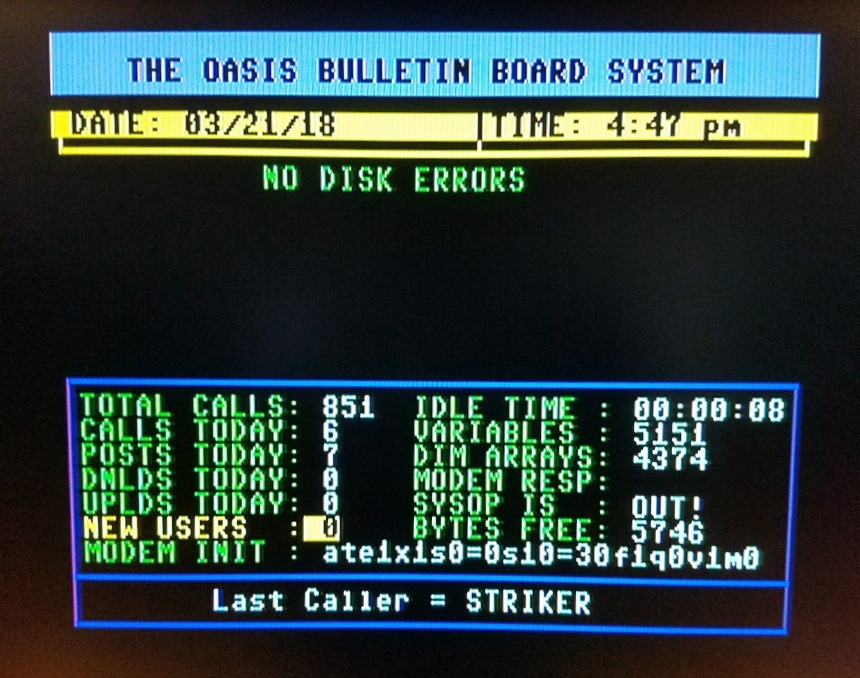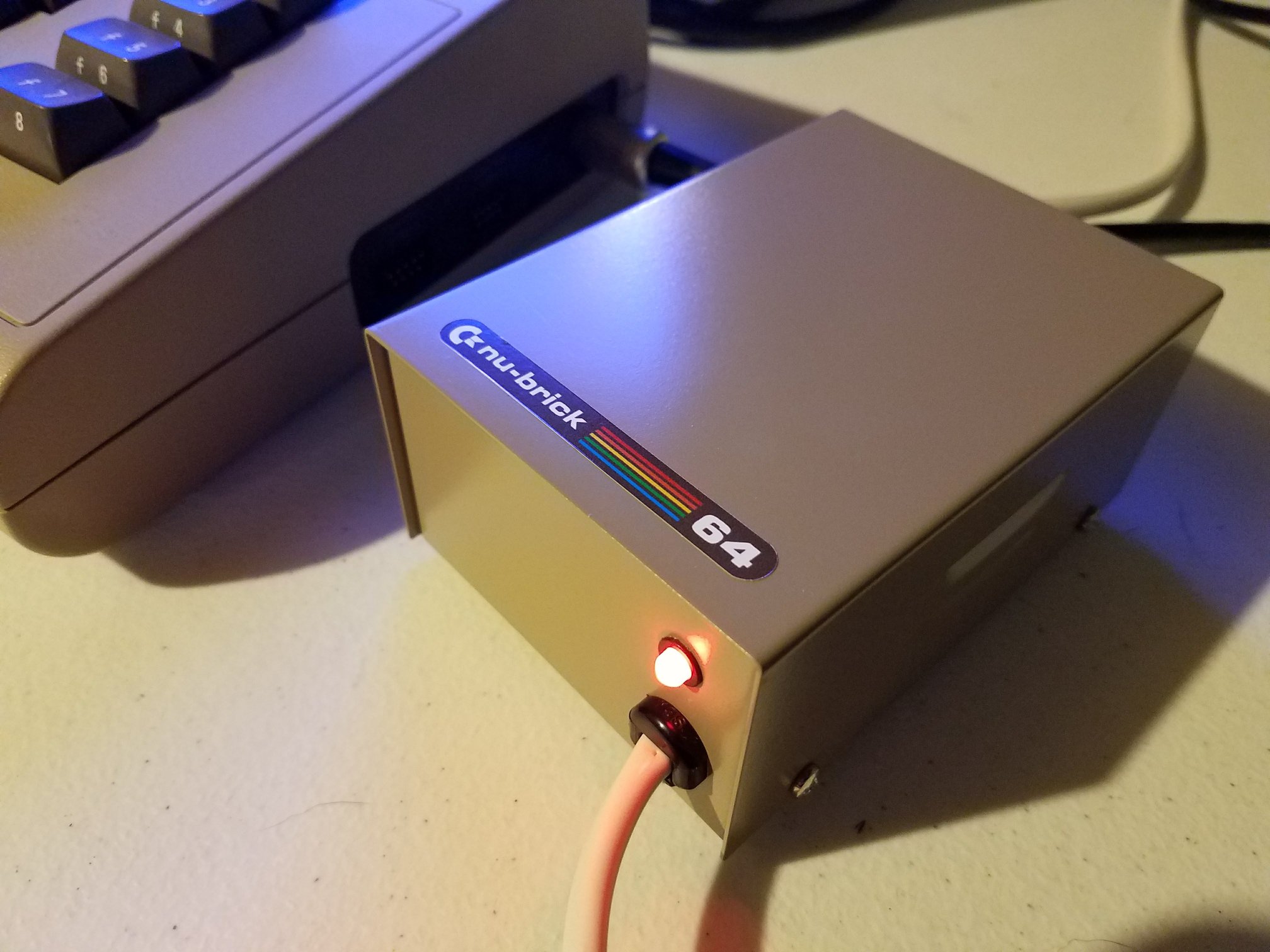Bacchus returns with episode 125 of Fairlight TV and a rapid-fire episode packed with three C64 highlights worth a closer look—and none of them involve blowing into cartridges or replacing CIA chips. This week’s mix includes a deep-format disk fixer, a long-awaited emulator update, and a stunning digital book celebrating pixel artistry in Poland. You never quite know what’s coming in a Bacchus episode, but if you’re into Commodore 64 tinkering, this is an episode you’ll want to stick around for.
First up, there’s Remaster by Darryl KRS—a disk preservation tool that gets down to the nitty-grainy of original copy protections. Instead of glossing over the flaws that made disk protections, well… protected, Remaster restores the structural quirks that cracking usually wipes out. That means your NIB files—especially ones with broken protections—can be exported into working G64s with reintroduced errors just like the originals. Want to see sector maps in all their strange 1541 glory? Remaster gives you that view—and even lets you tweak RPMs and CBM track adjustments for better results. It’s disk surgery, but fun.
Next, there’s CCS64 3.10. This isn’t just a quick patch—it’s a full-fat upgrade a decade in the making. For those keeping count, version 3.9 dropped back in 2015, and now Pokan Sundell is back with new features, including rewind support and a CPU instruction history feature (hello, “CW” command). There’s now native 64-bit support too, which should please modern OS users. Bacchus admits the changelog is hard to find—but the speed and fidelity improvements make it worth trying. If you’ve got old VIC-II trickery to test, this emulator still stands tall.
And the final gem? A gorgeous digital book titled C64 – Polish Pixels in Video Games, created by Caphir. It’s a visual tribute to the Polish graphic artists who helped shape the C64’s game scene, packed with interviews, event photos, and pixel art across the decades. Two versions are available as digital downloads, and Bacchus gently (okay, bluntly) encourages viewers to pay for it—not just to support the author, but to increase the odds of a physical print run. It’s a feast for the eyes and an overdue spotlight on overlooked artists.
So whether you’re tweaking disk images, testing VIC-II timing quirks, or paging through digital art, these C64 highlights each bring something unique. And let’s be honest—any one of them is a better use of your time than formatting another directory with no label.







